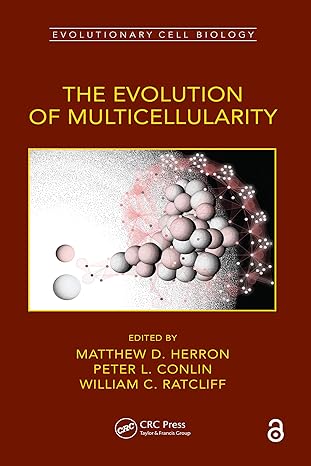Plant Circadian Networks: Methods and Protocols (Methods in Molecular Biology Book 2398) 2nd Edition
Explore the intricate world of plant biological rhythms with “Plant Circadian Networks: Methods and Protocols (Methods in Molecular Biology, Book 2398) – 2nd Edition”, now available at Books Hub PK. This advanced volume in the Methods in Molecular Biology series offers a detailed collection of state-of-the-art protocols used to study circadian regulation in plants, a key area of interest in plant physiology, molecular biology, and agricultural biotechnology.
The circadian clock orchestrates essential physiological and developmental processes in plants—ranging from photosynthesis and flowering time to hormone signaling and stress responses. This updated second edition reflects the most recent advances in the field, offering both classic and cutting-edge techniques for analyzing gene expression, protein dynamics, and phenotypic outputs under circadian control.
Compiled by leading researchers, the protocols include luciferase assays, transcriptomics, ChIP-seq, real-time PCR, genetic manipulation, and bioluminescence imaging, all designed to deliver reliable, reproducible results. Each chapter provides step-by-step instructions, reagent lists, troubleshooting tips, and expert insights, making it ideal for both new and experienced researchers.
Key Features:
-
Fully updated protocols based on the latest advancements in plant circadian biology
-
Covers Arabidopsis and other model and crop plants
-
Techniques for genetic, molecular, and imaging-based analysis of circadian functions
-
Applications in plant growth optimization, stress tolerance, and metabolic regulation
-
Includes data analysis tools and guidelines for circadian rhythm experiments
This book is an essential resource for plant biologists, molecular geneticists, chronobiologists, and agricultural researchers. It is especially useful for PhD scholars, postdocs, and research labs working on gene regulation, light signaling, and developmental timing in plants. Its applications extend to crop improvement, environmental adaptation studies, and synthetic biology.






